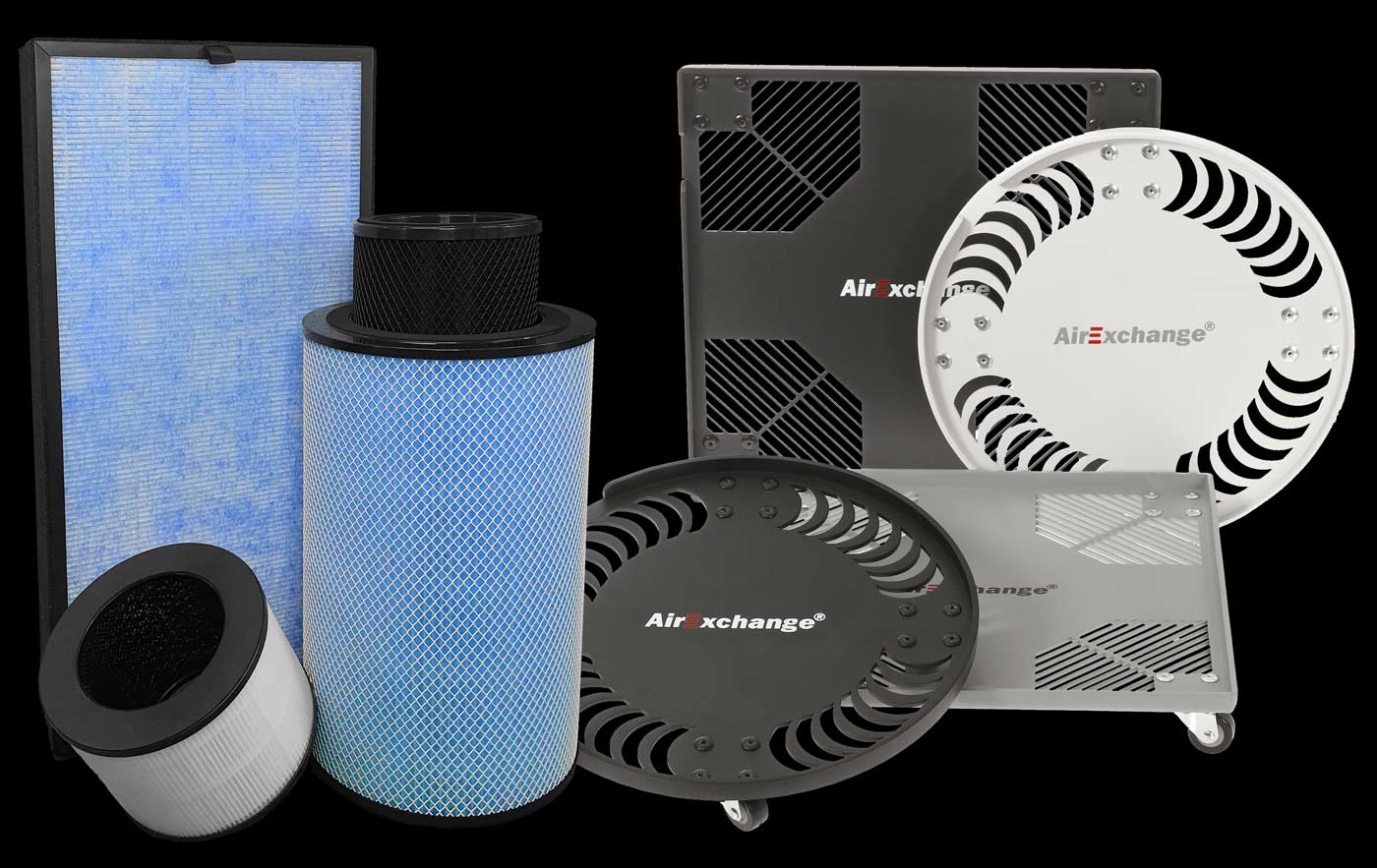
Why is a healthy indoor climate important?
Air is invisible, but so important! The human body needs oxygen to function, which is why we breathe an average of 20,000 times a day. This is equivalent to 10,000 liters of air.
The oxygen we inhale is absorbed into the blood by our lungs, after which we exhale the residual product (carbon dioxide).
Air is vital to life, but its quality can also have a major impact on our health. What do we know about air quality and more importantly: how can create and ensure good air quality?


The quality of the outdoor air
The climate and the quality of outdoor air are shown in the news regularly for years. Particulate matter and nitrogen dioxide are measured by the government and this data is used to determine how 'clean' the air is.
The quality for particulate matter is measured in micrograms per cubic meter (µg/m³), where the values of the outside air in the west of Europe usually vary between 14 and 25 µg/m³. The higher this value, the more harmful the air is to our health.
The particulate matter concentrations are considerably higher along major roads and in city centers, where the air is often very polluted.
Indoor air quality
What about indoor air quality?
The number of contaminants in the air in buildings is on average 5 times(!) higher than in the open air. These contaminants are released in large quantities when cooking, when using devices such as printers, but exhaled virus particles and bacteria can also often float freely through the room.
In addition, contaminants also enter through ventilation and open windows. Examples of this are pollen, dust particles, exhaust gases and soot particles.
Most people are not aware of indoor air quality, while on average we spend more than 90% of our time indoors. Prolonged exposure to polluted air can lead to fatigue, coughing and headaches.
Which aspects play a role to create a healthy indoor climate?
Temperature, humidity and air pollution are the keys to a healthy indoor climate.
A comfortable indoor climate consists of the right balance between temperature and humidity and as few harmful substances as possible.

Air pollution
Most contaminants have a minuscule particle size (ultra-fine dust) and are therefore often not visible with the unaided eye.
Fortunately, there are now sensors and measuring instruments that can measure the air quality. In addition to the sensors to measure air quality, there are two solutions to prevent air pollution.
Ventilation is an effective method to ensure that fresh outside air is supplied. But what to do with all the contaminants from this outside air and all exhaled particles such as virus particles?
To eliminate all the harmful substances that entered your home or working environment, there are air cleaning systems. These devices purify the air in the room using various filter techniques, so that the air you breathe daily is actually clean.

Humidity
Humidity also plays a major role for an optimal and healthy indoor climate. For example, dry air can cause dry skin, itchy eyes and even concentration problems.
In combination with the right temperature, a humidity level of 40-70% can slow down the skin's aging process and even have a strong influence on the spread of viruses, bacteria and other harmful particles in the air. Research shows that a humidity of >65% is recommended to significantly reduce the chance of viruses and bacteria spreading.
There are air humidification systems to measure and monitor the humidity. These devices measure the current humidity and nebulize water to create a healthy and pleasant humidity level.

Temperature
The right temperature is one of the most important factors for a pleasant living or working environment.
The ideal temperature to be as productive as possible for most people is between 20 and 25 degrees Celsius. Air conditioning and heaters are already available in many buildings and spaces to regulate this temperature as well as possible.
What many people do not know is that humidity has a major effect on the perceived temperature in the room. Increasing the humidity makes the air feel warmer. This means that the heater does not need to be switched on as quickly, which ultimately has a beneficial effect on energy costs.

